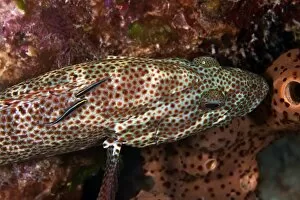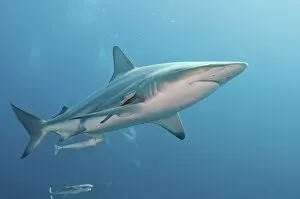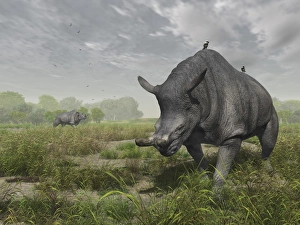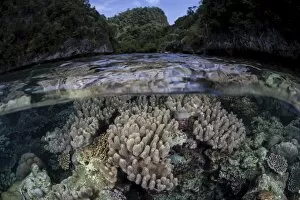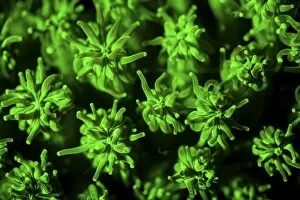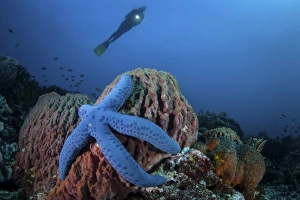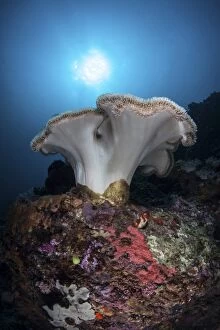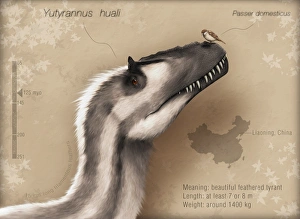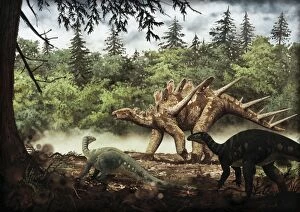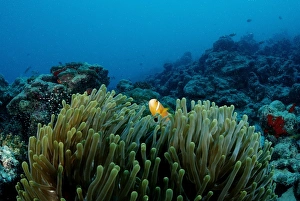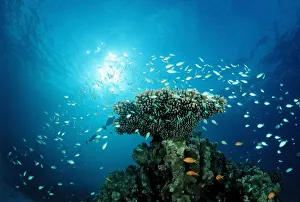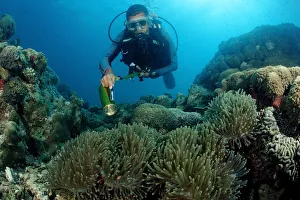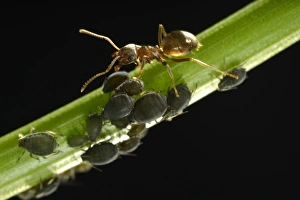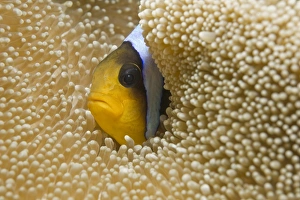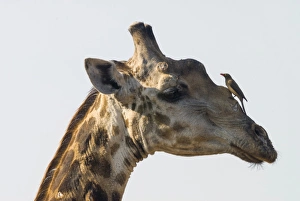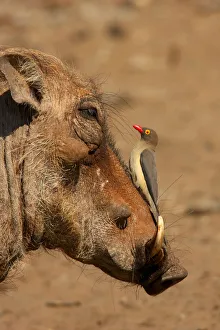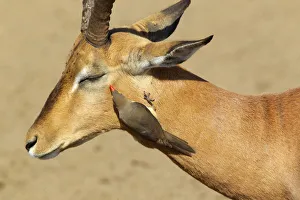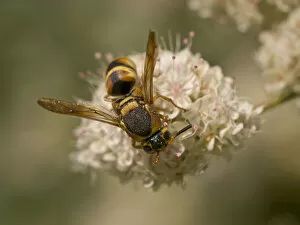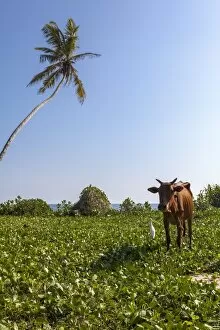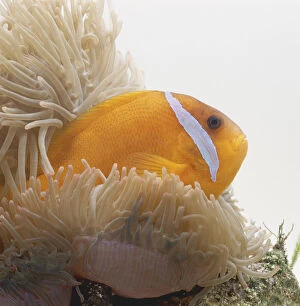Symbiotic Relationship Collection (page 13)
In the vast ocean, a Dugong gracefully glides through the water, its massive body nourished by a seagrass meadow
All Professionally Made to Order for Quick Shipping
In the vast ocean, a Dugong gracefully glides through the water, its massive body nourished by a seagrass meadow. This gentle giant relies on the symbiotic relationship it shares with Halophila stipulacea to sustain its life. Meanwhile, in prehistoric times, an Alvarezsaurid bird fearlessly approaches the mouth of a Giganotosaurus carolinii dinosaur. With meticulous care, it cleans away remnants of food from between the sharp teeth of this mighty predator. A remarkable example of mutualism in ancient ecosystems. On sandy shores, intricate patterns emerge as Mint-sauce worms wriggle beneath the surface. These tiny creatures create trails that serve as shelter for other organisms and contribute to beach stability—a harmonious partnership between nature and these fascinating worms. Beneath turquoise waters, a Western clownfish seeks refuge within the tentacles of a Magnificent sea anemone. In return for protection against predators, this vibrant fish provides nutrients to its host—an extraordinary case of mutual dependence. In Mexican seas, a Giant manta ray majestically soars above coral reefs while Remoras cling onto both wings. These small hitchhikers enjoy free transportation and access to leftover meals provided by their gracious host—the epitome of commensalism in marine environments. Far off on Tenerife's coastlines lie Ocean sunfish swimming alongside Pilot fish—two species united by mutual benefit. The sunfish offers protection from potential threats while enjoying parasite removal services provided by its loyal companions. Within coral reefs dwells another helpful creature—the Bluestreak cleaner wrasse diligently cleaning among sharp teeth belonging to various reef inhabitants. Its bravery ensures not only dental hygiene but also sustenance for itself—a classic example of mutualistic behavior underwater. Back in ocean depths where darkness reigns supreme resides another symbiotic duo—the Dugong and juvenile Golden trevally swim side by side.

